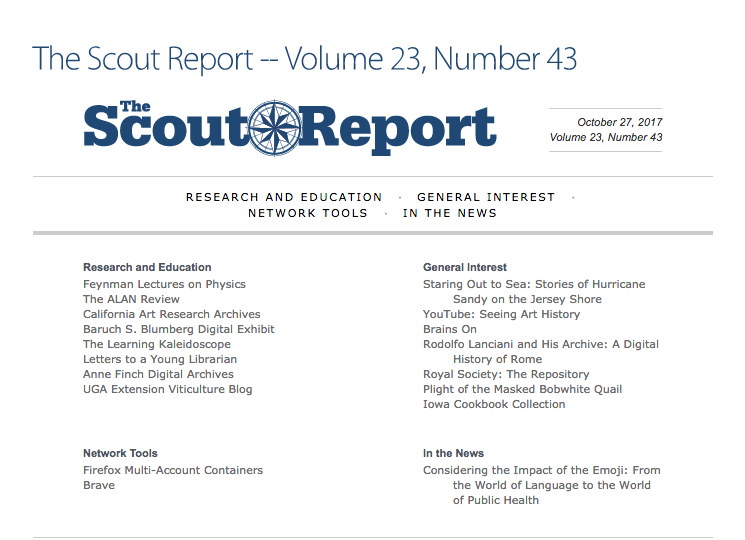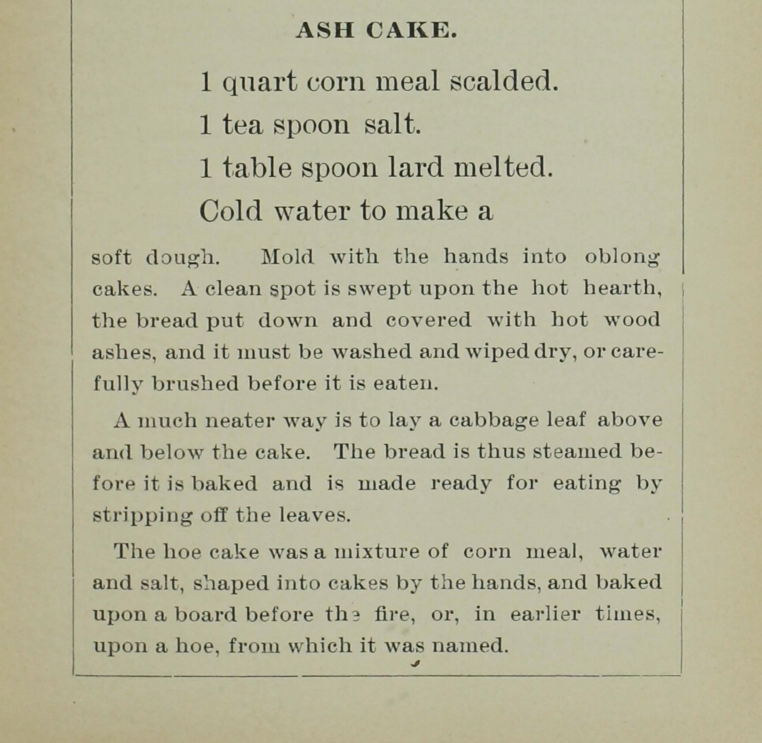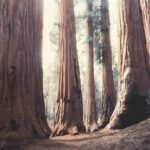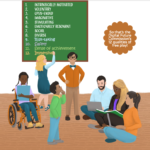 Some of you are aware that I started what I’ve called a News-Out on Aug 20 as an exercise in doing a major reset in how I interact with media. On one level it was a survival strategy to manage the volume of news media coming at me in a way that doesn’t sink me. I was definitely capsized on the Info Ocean and was blowing up my flotation vest. Initially I shaped the experiment as a weekend media “retreat” which I extended to two weeks, then eight weeks, then twelve. It became clear very quickly that I’d need a lot more time than a few weeks for a reset. Today I am wrapping up week 12.
Some of you are aware that I started what I’ve called a News-Out on Aug 20 as an exercise in doing a major reset in how I interact with media. On one level it was a survival strategy to manage the volume of news media coming at me in a way that doesn’t sink me. I was definitely capsized on the Info Ocean and was blowing up my flotation vest. Initially I shaped the experiment as a weekend media “retreat” which I extended to two weeks, then eight weeks, then twelve. It became clear very quickly that I’d need a lot more time than a few weeks for a reset. Today I am wrapping up week 12.
Over the last twelve weeks, I’ve had an opportunity to really notice my media routines, and consider how those routines have been serving me. Do they contribute to my well-being? Do they prepare me to make a positive contribution? Do they open new possibilities for learning? What am I modeling for my family and friends, and the parents and young people I coach and support?
A few days ago, sitting at my digital holodeck after several focused hours on a project (and yes, I do have a sharper focus since my News-Out), I realized this is the moment when I would automatically type nyt into my browser’s URL field. That semi-conscious habitual click would transport me instantly to a “page” of “news” determined very much by what’s not just relevant but clickable. Newsrooms gotta pay their bills. Twenty or thirty minutes later if lucky, I’d shake off the pixel dust and take the dog out for a walk, pondering the enormous fix we’re in.
What did I want to replace that habitual click with in this particular moment? I thought about how I discover new information today…it comes into my email inbox in the form of dozens of news briefs I’ve subscribed to. It comes to me in my Facebook feed in the form of pages I have “liked” or posts made by friends and acquaintances. My process of discovery has gotten less choiceful and too damn convenient. This got me thinking back to my early days online and how I discovered content worth engaging with once upon a time…
I remembered a source of delight from the mid ’90s—the Scout Report. Based at the University of Wisconsin-Madison campus, part of the University’s College of Letters and Sciences, the Scout Report editors curate an astounding array of resources for librarians, educators, and researchers. It’s a resource that has withstood the test of time. I very consciously typed Scout Report into the browser, and clicked.

Here’s a screen capture I took of a recipe from the book Indian Corn as Human Food by Mary Scott, published in 1889. Thanks to the October 27, 2017 issue of the Scout Report, I found my way at the end of the day to the Iowa Cookbook Collection—I’m interested in the history of food and this collection at Iowa State University has “over 3,000 cookbooks, dating from the late 1800s to the early 2000s.” The title by Mary Scott grabbed me (What can I say? I’m fascinated by the evolution of grains and breadmaking). On my end-of-day walk with my dog, I felt myself more connected to my great grandmother who raised goats, geese, and chickens in Tujunga, California to help keep her family fed through the Depression. And most important, I finally know what a hoe cake is…(always wondered ;D).
Subscribe. You’ll get a weekly Scout Report email loaded with resources in categories that include Social Studies, Science, Arts, and more. Grow your curation superpower. Challenge yourself and your family members to find something they’re interested in and report back to each other. For example, in the current November 10, 2017 issue, tween and teen history buffs might find the Medieval Swansea website and game. If your children are young, explore with them. You’ll find the Map of Life website and app to investigate the biodiversity of species throughout the world. Let me know what you find. I would love to hear. Use the Contact form in the About section to drop me a line or two.
Next up…
I’ll write about the new routines I design to support my own mindful re-engagement with news. And I’ll have some specific suggestions about moving beyond the “fake news” meme to a more nuanced understanding of the forces at play today in the media ecology. I’ll point to a range of resources to help our kids get savvy about news.


